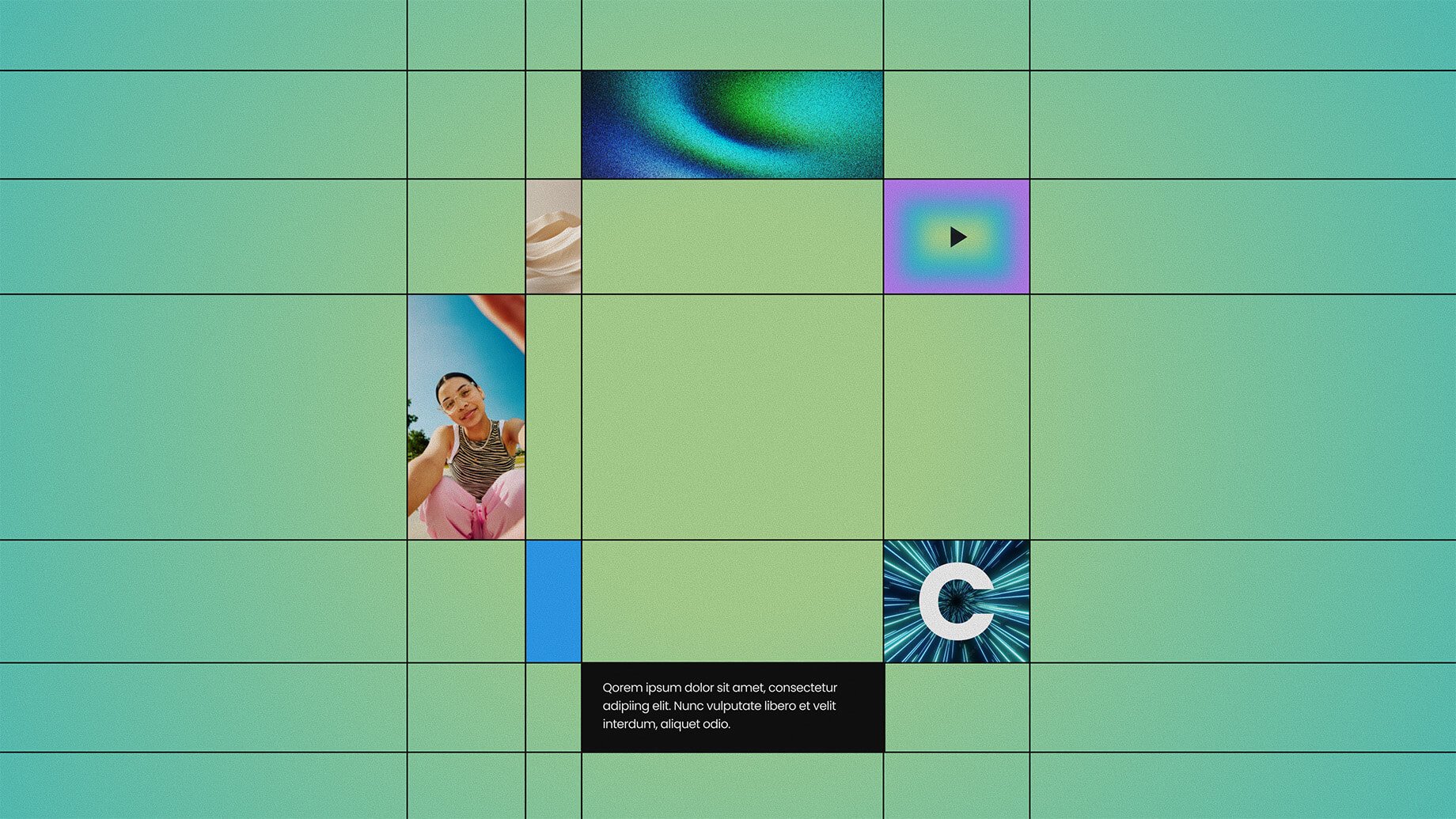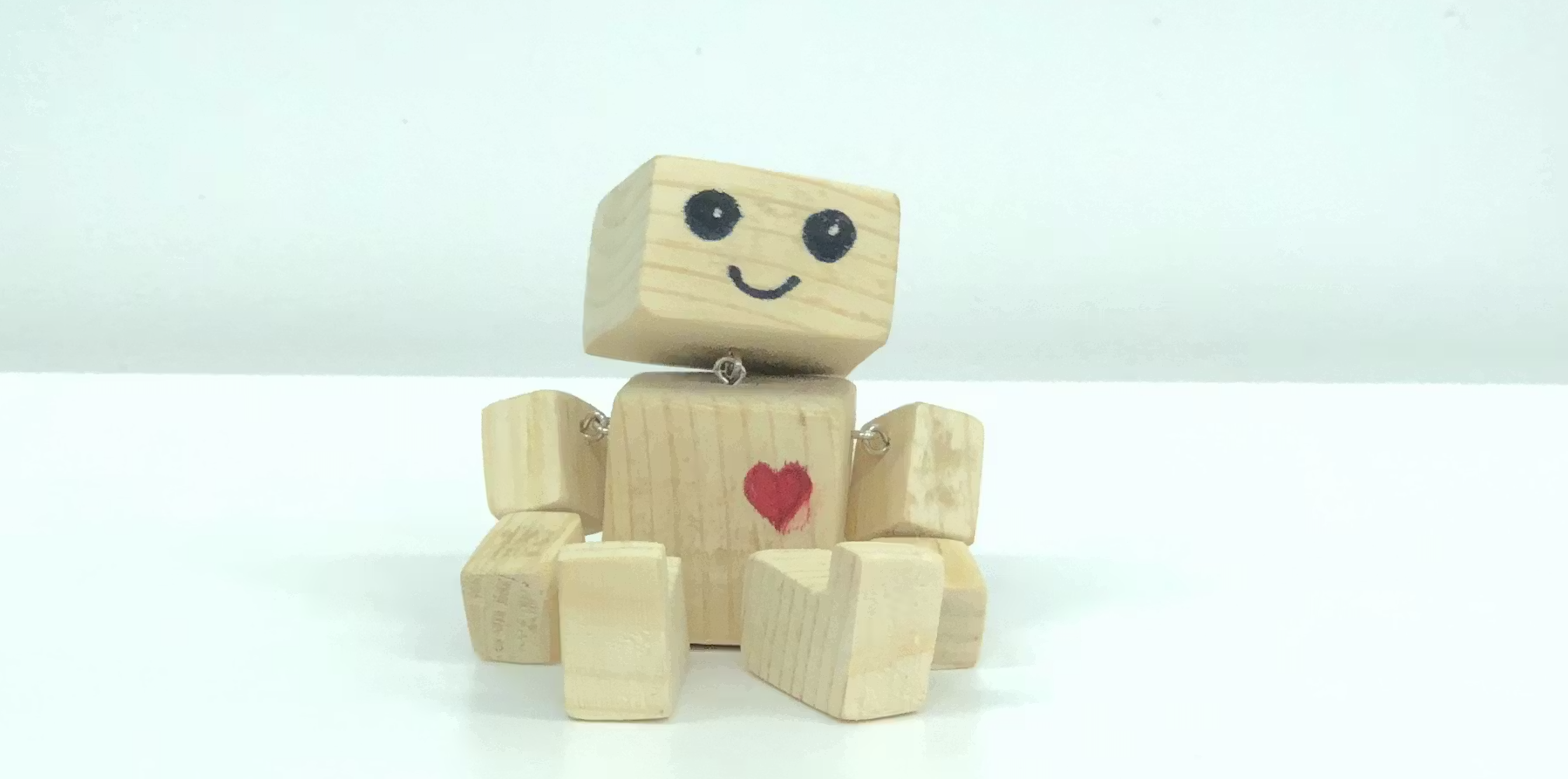When Best Practices Go Bad
It was a quick win. A no-brainer. A slam dunk. One of those simple recommendations that get clients excited and make us look like experts. We told the client it was a “best practice” to have the call-to-action button stand out visually from the content around it on their landing page – and their current black button on a dark blue background just wasn’t cutting it. Why not use the bright green option in their brand color palette?

With just a simple CSS change, it was going to improve conversion rates, leading to more leads and more money.
So, we set up the A/B test to measure the lift, launched the test, and waited a few weeks until we reached statistical significance. The only problem? The opposite happened. Conversion rates actually went down.
The client was nice enough about it. They thought the green button was going to win too. At least we tested it before launching the change site wide, they said.
But I was mortified.
What the hell happened? This was supposed to be a best practice. The green button was clearly easier to see and interact with.
Turns out I was wrong about that too. After a suggestion from a UX colleague, I put the color combinations into a contrast checker and discovered that the bright green color had a LOWER contrast ratio with the background color than the current version. As a rule of thumb, the higher the contrast ratio, the better for visual perception.
Before
After
But that wasn’t all. By changing the color of the button we’d also reduced the contrast ratio between the button and the white text “Download Now” – significantly, making the copy harder to read.
Before
After
Double fail!
First off, I’m not a designer. I’m a content strategist. But that’s no excuse. Sure, I’ve read lots of articles on conversion rate optimization and I’ve heard talented designers talk about the benefit of color differentiation (both for conversions and accessibility). But without a dedicated designer or UX strategist on this project, I tried to fill in as one. I relied on what I thought was a best practice. And I got it wildly wrong.
Question Your Assumptions
Here’s the thing. Best practices are comforting. In an industry filled with ambiguity and uncertainty, having a set of best practices to rely on can make things seem more orderly and manageable. Best practices can make us feel more experienced. They can make us feel like the smartest person in the room.
But they can also make us lazy – especially if we don’t understand the fundamental basis of why it’s considered a best practice in the first place. In my case, I didn’t understand that color contrast is about more than just aesthetics. It’s about the fact that human visual perception is more sensitive to the contrast between colors than the colors themselves.
The next time I’m tempted to throw out a recommendation based on a best practice I don’t fully understand, I’m going to do a little homework first.
But Don’t Throw Out Your Best Practices
Of course, there’s a good reason that best practices exist.
If every single decision you had to make needed to be questioned, tested, and validated, you’d never get anything done. Entire disciplines are built around growing a consensus around the best tools, practices and processes to achieve a certain goal. And it’s ok to borrow from what others have done – especially if you’re not an expert yourself.
But to really learn and grow, it’s important to take every best practice with a grain of salt. To look beyond the dogma to find out what’s really going on.
Because following best practices blindly can end up making you look really bad.


